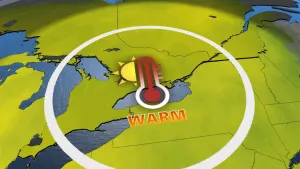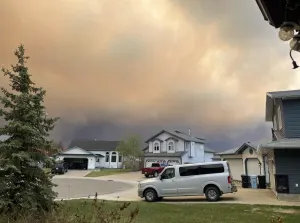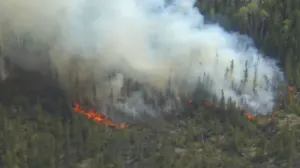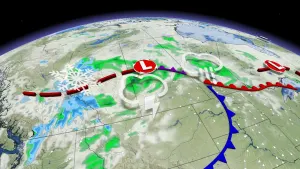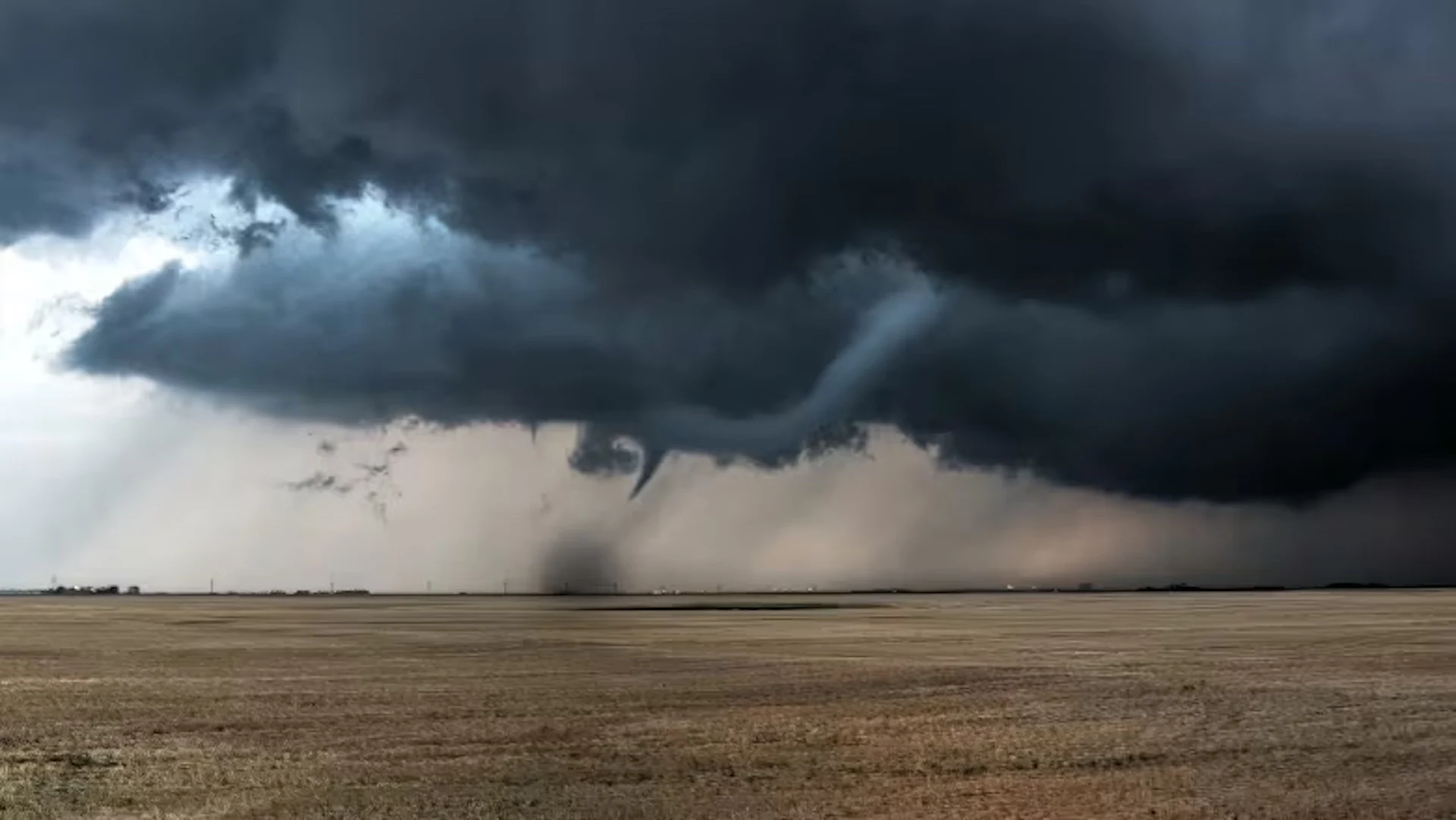
Sask. saw only one tornado this year. Is it a sign of things to come?
Saskatchewan broke a record for the number of tornadoes we saw this year.
A low record, that is.
Only one tornado touched down. That was in May, south of Regina. It did damage to a farm, but didn't cause any injuries.
Annual tornado records go back to 1984. There are fluctuations year to year, but no year has been as low as 2023.
It's a far cry from last year's twister tally, which was 25. The highest was 33 in 2012. The average is about 13.5.
RELATED: How severe weather alerts are issued, and potentially save lives
Terri Lang, a meteorologist with Environment and Climate Change Canada, says the dryness of spring and summer contributed to the low count.
"If it's dry, the crops don't give off as much moisture," said Lang. "And [moisture is] a big contributor to the thunderstorms that we see across the Prairies in the summer."

A drone picture of the wreckage following the tornado outside of Regina in May. (Craig Boehm)
Lang said typical weather patterns that bring rain and trigger storms also passed us by as the season progressed.
Lightning statistics — which go back to 2002 — showed while Saskatchewan was above normal for strikes in May and June, we saw the least strikes recorded in any July this year.
Lang says forest fire smoke may have prevented tornadoes, too.
The smoke blocks the sun's rays from heating the earth. That heat is needed to produce thunderstorms that can produce tornadoes.
Numerous locations in the province broke smoke records this year. From May 1 to Sept. 5, Saskatoon recorded 282 smoke hours — an hour where smoke reduces visibility to below 9.7 kilometres — breaking the record of 165 in 1981.
La Ronge surpassed the 800-hour mark, shattering its record of 513 set in 2015 and topping smoke hours seen elsewhere on the Prairies.

Wildfire smoke may have impacted thunderstorm production this summer in Saskatchewan. (Cory Herperger/CBC)
Shifting 'Tornado Alley'
Although this is just one year of tornado data in Saskatchewan, it's possible lower tornado counts could be part of a larger trend.
David Sills, executive director of the Northern Tornadoes Project at Western University, says since 2017, his team has noticed more tornado, wind and downburst events happening in Ontario and Quebec than on the Prairies.
Of the 67 tornado reports the project recorded nationally so far 2023, just 25 were on the Prairies.
In 2022, 39 were recorded on the Prairies, compared to 78 in Ontario and Quebec.
Sills says that could mean the traditional Canadian "Tornado Alley" on the Prairies may be changing.
"There are studies out there, especially in the U.S., that have found this subtle shift going on from the traditional tornado belt through the Plains into more eastern areas," said Sills. "That same kind of thing may be happening in Canada and the data we're collecting certainly seems to support that."
Although the studies haven't linked this shift to climate change, Sills says it may be a factor — with more moisture than usual in Ontario and Quebec fuelling storms.
"To have very lush lawns in the middle of August out here is not what I remember growing up," he said.
WATCH: Canada had a record tornado year in 2022, here's what we saw
Sills and his team will continue going through historic satellite data to find damage from tornadoes that may have gone unreported.
That will give them a better sense of how dramatic the shift in tornadoes has been.
That satellite data also includes three tornado-warned storms that happened in Saskatchewan this year that could have produced tornadoes.
"You never know, we may find double the tornado count in Saskatchewan looking at the satellite imagery," Sills said with a laugh.
Thumbnail courtesy of Craig Boehm via CBC.
The story was originally written by Ethan Williams and published for CBC News.






